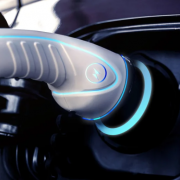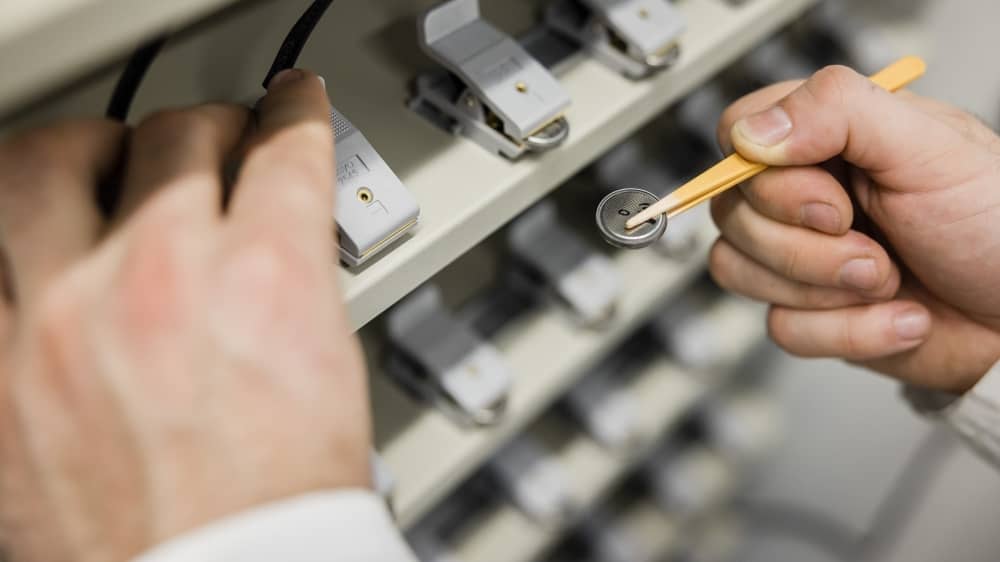AI Turning Point ?
Recent news headlines and stories have brought an amazing Artificial Intelligence (AI) app much closer to mainstream than AI has ever been before. ChatGPT was created by OpenAI, a San Francisco based AI development company. OpenAI Inc. is the non-profit parent company of the for-profit OpenAI LP. ChatGPT is still being offered as a free-to-try app, however, its popularity has increased so much that there is now a waiting list, and they will let you know when it is available. Your turn will be limited in time or content, as they want to only give you a taste of what it can do. Already, ChatGPT is creating a lot of buzz, and this is a very innovative and effective way of engaging many people in exploring the possibilities of AI. The buzz will become deafening, and AI companies will make moves toward monetizing these products. AI products are expensive to develop, so there needs to be a payday at some point, and there are many academic and research organizations providing lots of input and support along the way.

There are other AI apps out there doing similar things, but ChatGPT is leading the way at this time. ChatGPT is a large language model with the very remarkable ability to interact in conversational dialogue, producing responses that are quite human-like. You can pose questions, ask for help, discuss philosophy, etcetera, and receive useful or interesting responses. Not all ChatGPT responses have been correct so far, but sometimes it’s just the way a question is posed, and ChatGPT has been trained to generate responses that most humans would be expecting, and that can lead to some inaccuracies. Some say that we are now living in a post-truth and post-fact world, where everything we thought we knew can be challenged.
Some examples of ChatGPT usage:
– Compose a 600-word essay about the Middle Ages
– Devise or suggest computer code to produce a desired output in my HR system
– Examine my computer programming code to identify errors
The impact of AI on the existing tech landscape has the potential to be very disruptive, which is why BIG tech companies are paying close attention. Microsoft has already invested heavily, and plans to integrate AI into MS-Office, helping the user with emails, documents, spreadsheets, and presentations. GOOGLE is aware that ChatGPT can directly provide detailed information to users, as opposed to GOOGLE SEARCH providing lists of web sites, where you then surf the web to, hopefully, dig out the information you are really looking for. GOOGLE SEARCH is the leading internet search engine, generating huge advertising revenues, and has spawned another lucrative job market for SEARCH ENGINE OPTIMIZATION (SEO) that web site developers need to pay attention to, because everyone wants their website to be first, or near the top of the GOOGLE SEARCH list. Chat GPT has the potential to eliminate that whole business model, so it is no surprise that GOOGLE is on high alert.

Even this very short list of abilities above prompts us to think about where AI may be leading us. Is this the real start of the bots doing our thinking and our work for us, causing humans to stop thinking for themselves, and stop doing the work needed for organic learning in our brains? Could our idle neural networks atrophy, and turn us into drooling dolts who can no longer think of interesting and probing questions? Could ChatGPT notice this dumbing down of humans and consider taking over, you know, for the greater good, just like in those sci-fi stories where machines render humans useless, unneeded, surplus, even obstructive, and therefore ripe for extermination? This may be the time to have such concerns discussed, debated, and decided. At the very least it is high time to start thinking more seriously about these issues before we possibly lose our ability to … think.
The goal of TREND DISRUPTORS is to discover and monitor technical developments that have the potential to DISRUPT a market sector. We look for the best ideas, and generate actionable investment recommendations for subscribers. As a general rule, these recommendations are highly speculative, and we advise caution, discretion, and thorough research. We strive to identify investment opportunities that can lead to success for the well-informed investor.
Stay tuned !!
















